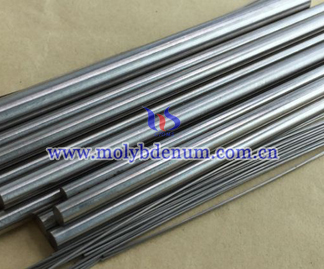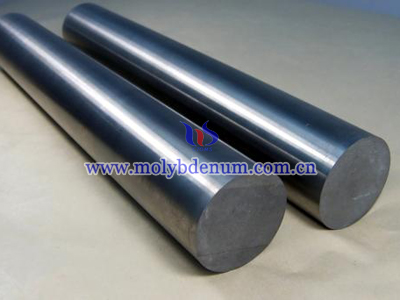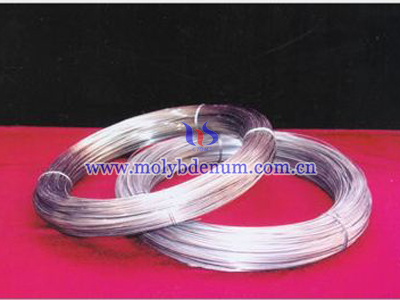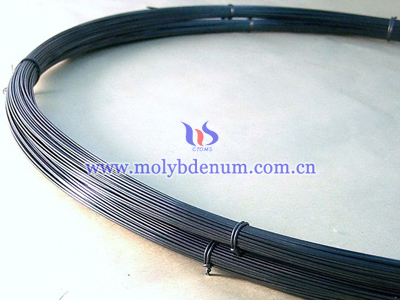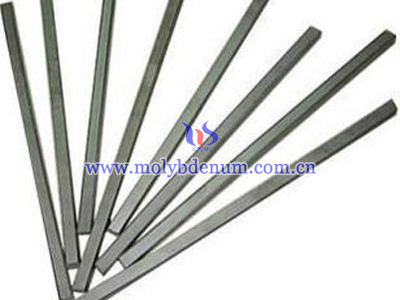Molybdenum Threaded Rods
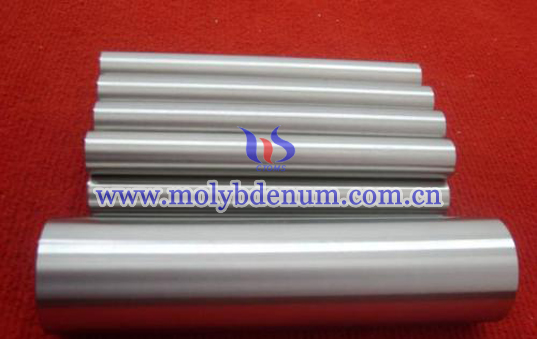
Molybdenum threaded rod is produced by applying the technique of powder-metallurgy. Highly refined molybdenum chemicals are hydrogen-reduced to metal powders, with a purity level in excess of 99.5%. The powder is isostatically pressed and sintered into bars of a uniform fine-grained structure, which are then worked by rolling, swaging, or drawing to the final size, and finally threaded. This is different from other types of molybdenum rods, which are not rolled, swaged, or drawn to rod-shape from molybdenum bars.
Molybdenum threaded rods are widely used for high temperature vacuum environments. These refractory molybdenum threaded rods can be cut and finished off to desired lengths. In many cases, cut pieces can be coupled with washers and nuts to emulate a screw. So, to some degree, molybdenum threaded rod can be used as screw in high temperature environments, which steel screw can’t reach.
Because many of the high-temperature applications of molybdenum rod require mechanical fastening of one type or another, and the fastening may be in the form of pins, rivets, or threaded fasteners, as a result, not only is the fabrication of such parts to order time-consuming, it can also be expensive. New and improved methods in our company enable molybdenum threaded rod to be made at an economical price without changing its quality and effect.
Besides molybdenum threaded rod made of pure molybdenum, this kind of threaded rod always composites chromium, or vanadium to make chromium molybdenum alloy threaded rod, or vanadium molybdenum alloy threaded rod. They are both available in high temperature environments, which mean they can tolerate much higher working temperature than steel screw.
Screw-like molybdenum threaded rod is widely used in high temperature, instead of steel screw

